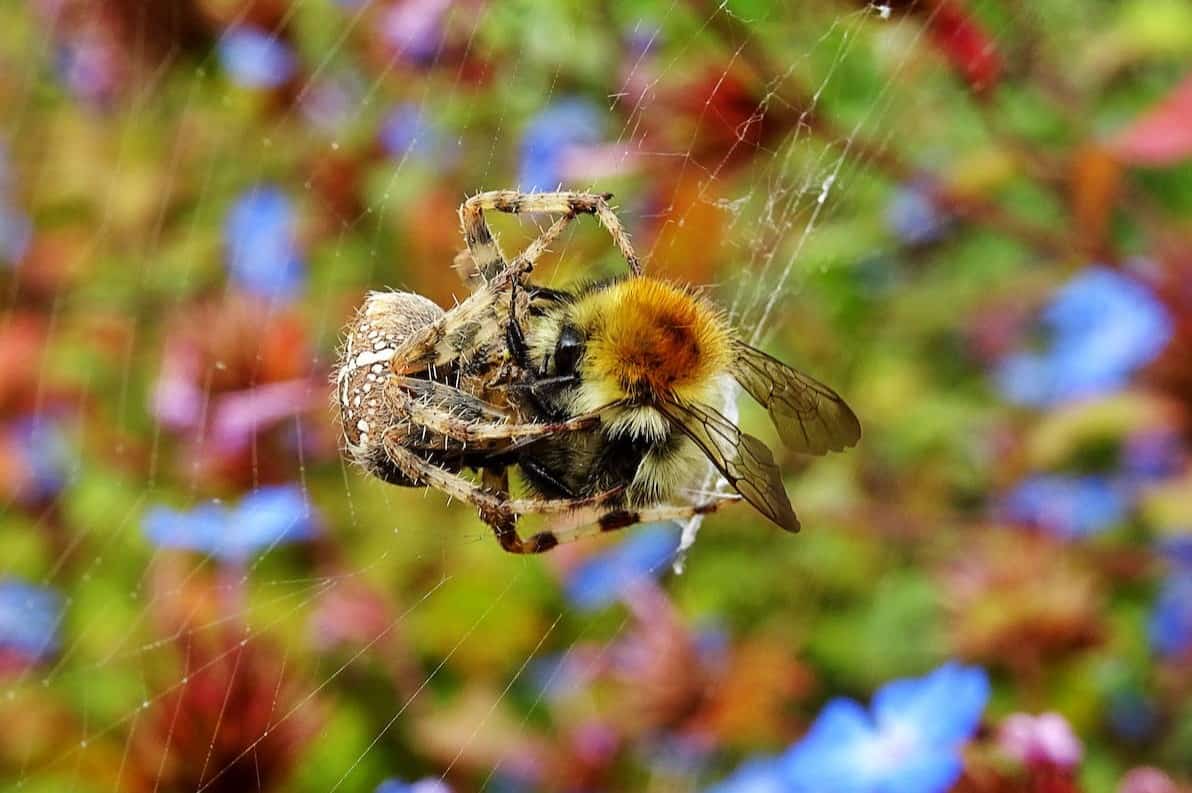Bees are the key to much of the world’s food production, so it is important to know what predators threaten them.
While bees are important pollinators and honey bees are large producers of honey, they are also a food source for other animals.
Discover what eats bees and how to protect your colonies. In this blog post, we’ll take a closer look at some of the most common bee predators and how they impact bee populations.
Common Bee Predators
Have you ever seen a beehive and wondered what eats bees? Most people might not know, but bees are actually preyed on by a variety of “bee-eaters.”
The following predators are just some of the common animals that are way up on the food chain than bees.
Birds
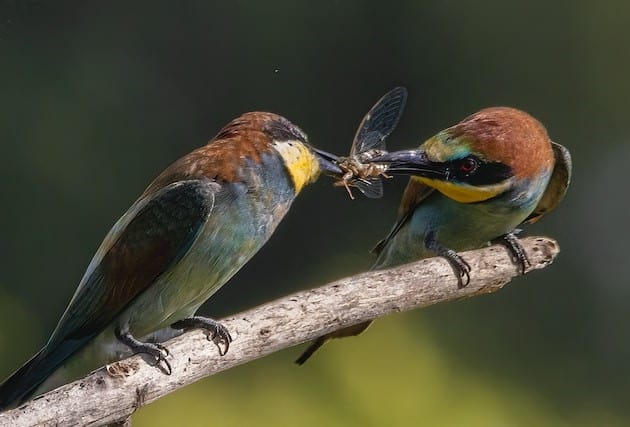
Many species of birds, such as bee-eaters and orioles, feed on bees. These birds have sharp beaks and are able to catch bees in mid-air.
Some bird species have even evolved specialized features to help them catch and eat bees. Bee-eaters, for example, have long bills with pointed ends. These bills work as a force in catching insects mid-air and killing them.
Other birds that are known to prey on bees are New World Orioles and Honey Buzzard birds, among many others.
Spiders
Some species of spiders, such as the orb weavers, will catch bees in their webs. These spiders will consume bees that are trapped.
The flower crab spiders prey on bees that forage for nectars and pollen on flowers. These spiders sit on flowers until worker bees come along to gather pollen and nectar. Flower crab spiders are ambush predators, catching bees with their long legs and paralyzing them with venom.
These spiders can have a significant impact on bee populations in areas with high spider densities.
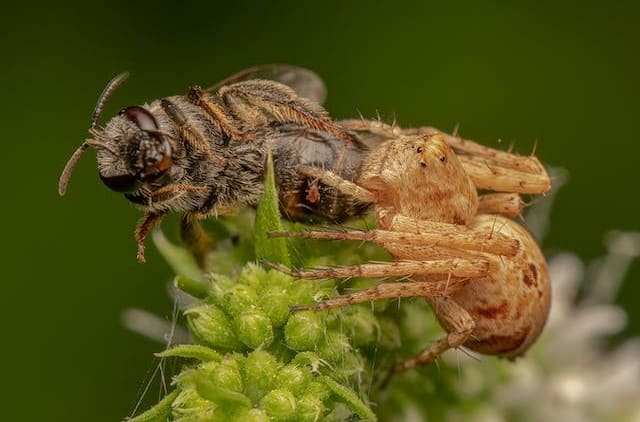
Skunks
Skunks are omnivorous mammals, feasting on both plants and animals to survive. Skunks enjoy eating bees, bugs, grubs, worms, and other insects and animals and their eggs. They also eat berries, grasses, nuts, and even leaves.
Skunks have thick furs that prevent bees from stinging them instantly. They have long claws, which they use to dig on the ground or pry open old logs for insects like ground-nesting bees.
Skunks are also known to be one of the most common animals that prey on honey bees. They are known to scratch on bee hives, causing bees to come outside to check on the commotion. It is then that the skunks would cause a devastating massacre of the investigating honey bees.
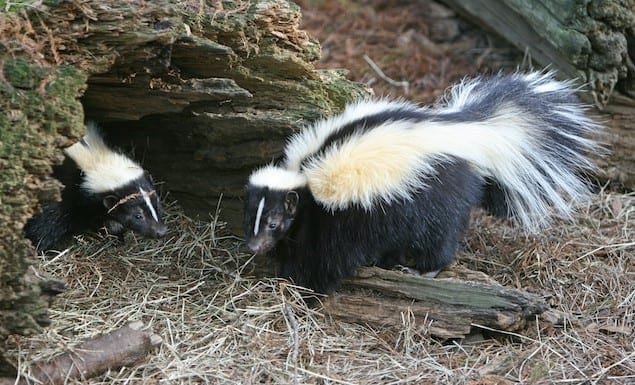
Bats
Bats do not generally hunt bees specifically as a food source. Bats are nocturnal animals, while bees are diurnal insects. The difference in activity schedule of these two species would prevent them from encountering one another.
However, when bats would come across bees, they would not hesitate to prey on these small insects.
Snakes
Some species of snakes, such as the black racer, feed on bees. The Southern black racer snake would eat animals that they can get their mouths on.
Snakes are able to catch bees with their quick strikes and can eat large numbers of bees in a single feeding. Due to their camouflage ability, they can easily go unnoticed in the surroundings. They wait patiently until prey comes along. They also have venom that renders their prey immediately helpless, making it easier for the snakes to kill them.

Honey Badgers
Honey Badgers, also known as ratels, are mammals popularly thriving in Africa and Southwest Asia. They are strong and ferocious animals with thick skin that can evade bee stings.
Honey badgers eat bees, although they prefer eating bee larvae more. Excellent diggers, these larger predators can burrow into the ground in search of bee larvae and honey.
And Many More
Rodents like squirrels and mice have been known to gnaw into beehives and feed on the bees and honey. Rodents can cause significant damage to hives, and their presence can disrupt the colony and reduce the bee population.
Bears are also known to love honey. But more than that, they love to eat bees and bee larvae in the hives. When you see bears going after bee hives, it is not merely to gather honey (just like Winnie the Pooh). They are there to get their share of bee protein, too, by eating bees and bee larvae.
Along with some other large predators and wild animals, other insects, such as hive beetles and wasps, are also known to eat adult bees.
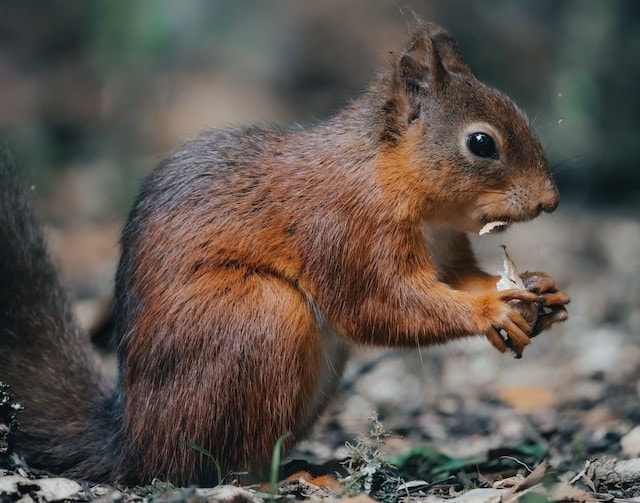
The Impact of Bee Predators on Bee Populations
Bee predators can have a significant impact on bee populations and the health of beehives.
Reduced colony size
Predation on a beehive can cause increased stress on the remaining bees in the colony. This stress can lead to a decline in the health and productivity of the colony and can increase the risk of disease and death among the bees.
The presence of predators can disrupt the functioning of the beehive and reduce the number of bees. This can lead to a decline in the population size and reduce its ability to pollinate flowers, gather more nectar, and produce honey.
Colony collapse
In extreme cases, predation can result in the complete collapse of a beehive. This can occur when predators, such as bears, raid the hive and kill the majority of the bees.
Consequently, the hive is unable to recover, which can result in the loss of the colony.

Reduced seed and fruit production
Bees play a critical role in pollinating many important crops, including almonds, apples, and blueberries.
The decline in bee populations due to predation can also have a significant impact on the production of seeds and fruits and have economic consequences for farmers, as it leads to reduced crop yields.
Ways to Protect Bees from Predators
Protecting bees from predators requires a multi-faceted approach that addresses the different threats posed by these predators.
Indeed, bees defend themselves by stinging. But it is not often that their stings are enough to keep them safe.
To protect and conserve bee populations, it is essential to reduce or eliminate the threats posed by bee predators.
Providing habitat for native pollinators
Creating and preserving habitat for native pollinators can help to protect bees from predators.
This can include planting native flowers and shrubs, creating nesting sites for bees, and reducing the use of pesticides.
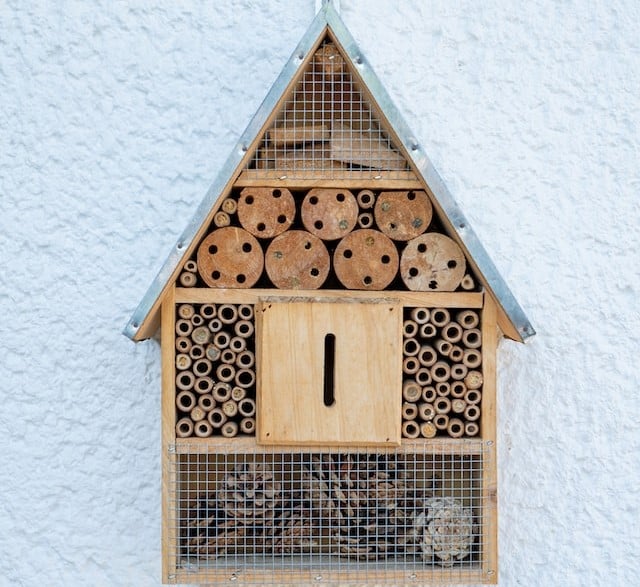
Implementing non-toxic pest control methods
To reduce the risk of harm to bees and other beneficial insects, it is important to implement non-toxic pest control methods.
This can include using physical barriers, such as mesh covers, to protect hives from predators.
It can also include using natural predators, such as parasitic wasps, to control pests that can harm bees.
Encouraging natural predators of bee predators
Encouraging the presence of natural enemies of bee predators can help to reduce the threat posed by these predators.
For example, birds such as the Purple Martin are known to eat wasps and can help to reduce their populations.
Encouraging the presence of these birds can help to protect bees from wasp predation.
Providing additional protection for hives
Providing additional protection for beehives can help to reduce the risk of predation. This can include installing physical barriers, such as fencing, to prevent animals from accessing the hives.
It can also include using traps and deterrents, such as loud noises or flashing lights, to discourage predators from approaching the hives.
Monitoring and tracking bee populations
Regularly monitoring and tracking bee populations can help to detect potential threats posed by predators. This can include monitoring the presence of predators, such as wasps, in the area and tracking changes in bee populations.
The Importance of Preserving and Protecting Bees from Predators
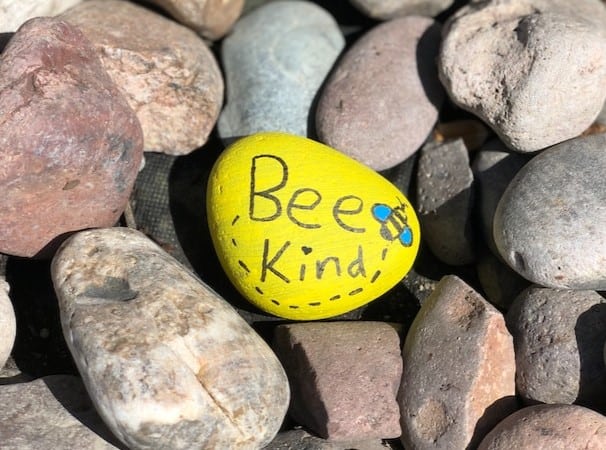
Bees play a critical role in our ecosystem, and it is important to preserve and protect these important insects from predators.
Here are some reasons why preserving and protecting bees from predators is important:
Pollination
Bees play a crucial role in pollinating many of the plants that provide food and habitat for other wildlife. They also help to pollinate many of the crops that provide food for humans, including tomatoes, eggplants, apples, blueberries, and many others.
Without bees, our food supply and the health of our ecosystem would be at risk.
By preserving and protecting bee populations, we can help maintain the balance of the ecosystem and prevent the decline of other species that depend on bees for food and habitat.
Economic benefits
Bees also provide important economic benefits. For example, the honeybee is responsible for pollinating over $15 billion worth of crops in the United States alone.
Additionally, the amount of honey that honey bee colonies could produce depends on the number of honey bees and the health of these colonies. The more honey bees there are, the more honey will be produced.
The decline of bee populations can result in reduced crop yields and have economic consequences for farmers.
Ecosystem stability
Bees play an important role in maintaining the stability of the ecosystem. By providing pollination services and supporting the growth of plants, bees help to stabilize the ecosystem and prevent soil erosion.
Final Thoughts
Preserving and protecting bees from predators is critical for the health of our ecosystem, the maintenance of biodiversity, and the provision of important economic benefits.
By taking steps to reduce the threats posed by predators, we can help to ensure the continued survival of these important insects and the health of our planet.
